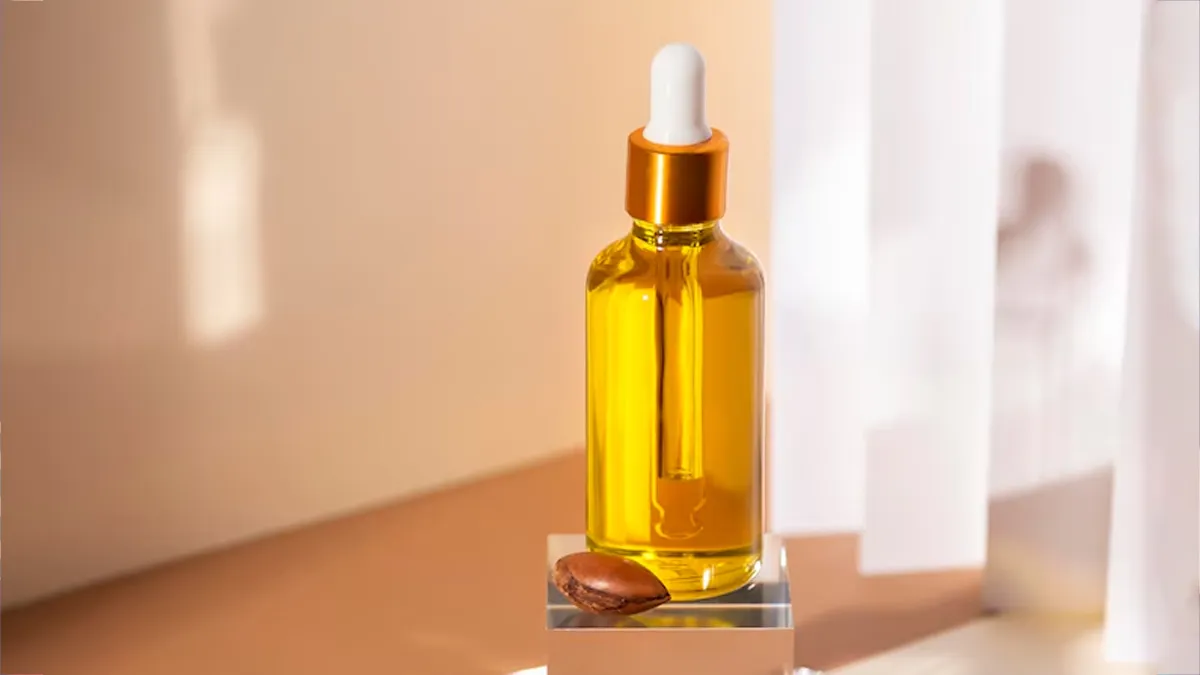
Tips To Identify Right Hair Oil: With so many hair oils on the market, choosing one that truly helps your hair grow can feel overwhelming. The right oil doesn’t just add shine - it nourishes your scalp, strengthens your strands, and supports healthy growth over time. But not all oils are made equal, and what works for one person might not suit another. Understanding your hair type and what ingredients to look for can make all the difference. In this article, we’ll share simple tips to help you identify a hair oil that actually promotes growth and leaves your hair looking and feeling its best

Picking hair oil isn't just about adding shine or softness, it’s about nourishing your scalp, caring for your hair type, and supporting real growth. The right oil can strengthen follicles, soothe the scalp, and reduce breakage.
Before buying any hair oil, take a moment to consider your hair type. If your hair is dry or frizzy, heavier oils like coconut, almond, or castor oil can help lock in moisture and tame flyaways. For oily scalps, it’s better to go for lightweight oils like jojoba or grapeseed, which won’t clog pores. Those with fine or thinning hair should also avoid heavy oils that can weigh hair down instead, choose lighter options like rosemary or argan oil.
i) Castor oil – rich in ricinoleic acid, boosts circulation and thickens hair.
ii) Coconut oil – penetrates into hair scalp, reduces protein loss, and fights dandruff.
iii) Argan oil – high in vitamin E and fatty acids; nourishes without weighing hair down.
iv) Rosemary oil – known to stimulate follicles and may rival minoxidil in effectiveness.
v) Jojoba oil – mimics natural sebum, moisturises without greasiness.

Always check the label for unwanted extras. Stay away from oils containing artificial fragrances, sulphates, parabens, or petroleum-based ingredients. These can irritate the scalp, cause buildup, and ultimately slow down your hair growth journey.
Ensure the product is cold-pressed or organic to preserve nutrients. Free from silicones, parabens, alcohol, and artificial fragrance. Not packed with additives.
Don't miss: Oily Hair But No Time to Wash? 4 Tips To Remove Excess Oil From Hair
Every scalp reacts differently. First, do a patch test behind the ear to check for sensitivity. Start a small trial for 1 to 2 weeks. Notice scalp comfort, less shedding, improved texture, and shine.
Don't miss: Does Hairfall Increase During Monsoons? Decoding The Hidden Link And More

First, warm the oil slightly. Massage into the scalp for 10–15 minutes to boost blood flow. Leave for at least 30 minutes or overnight for deep treatment, then rinse with lukewarm water and gentle shampoo. Use 1 to 3 times weekly, depending on your hair type.
Choosing the right hair oil is personal, but start with understanding your hair type, your needs, and which ingredients will help.
For more such stories, stay tuned to HerZindagi.
Image credit: Freepik
Also watch this video
Herzindagi video
Our aim is to provide accurate, safe and expert verified information through our articles and social media handles. The remedies, advice and tips mentioned here are for general information only. Please consult your expert before trying any kind of health, beauty, life hacks or astrology related tips. For any feedback or complaint, contact us at compliant_gro@jagrannewmedia.com.